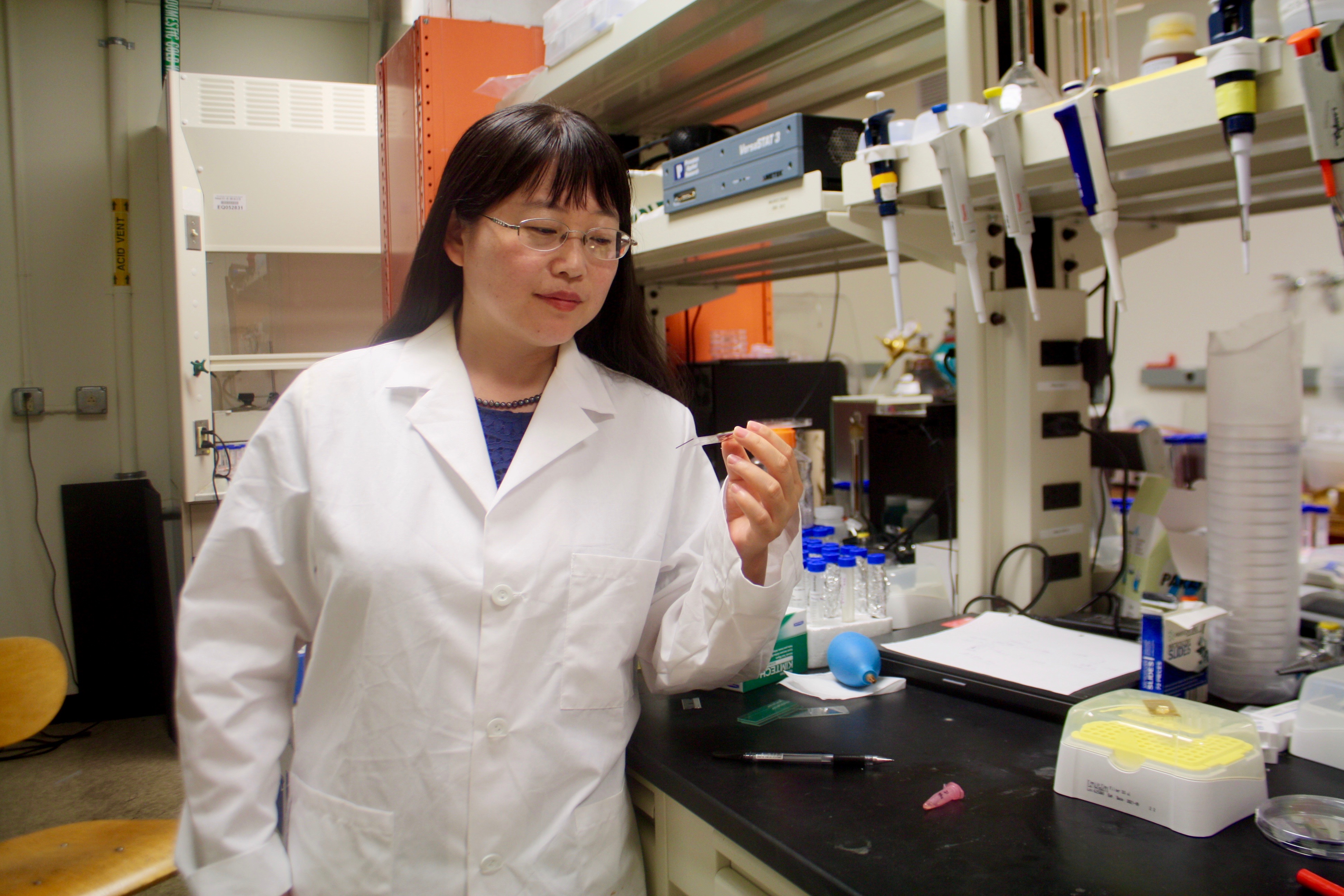Researchers at The University of Texas at Austin, led by Dr. D. Emma Fan, have developed a groundbreaking electrochemical manufacturing technology for water purification, inspired by the efficiency of natural structures like plant roots and the human lung.
By mimicking the highly branched, multiscale superstructures found in nature, the team has achieved an approximately 100- to several-hundred-fold increase in surface area with both enhanced reaction efficiency and mass transport.
This surface change enables the removal of 99% of mercury from contaminated water in just 20 minutes, meeting stringent Environmental Protection Agency (EPA) standards. The technology’s scalability, adaptable to various substrates, and high performance opens doors to a range of applications, from energy storage and electrocatalysis to advanced water purification systems.
Natural systems like plant roots and the human respiratory system are marvels of efficiency, optimized through millions of years of evolution. Dr. Fan’s team sought to replicate these structures on an electrochemical platform, producing highly branched superstructures that boost surface area and performance. The resulting multiscale porous substrates accelerate water purification processes, providing enhanced energy efficiency and fast pollutant removal.
“Our technology offers a scalable and low-cost solution for purifying water, tackling a major environmental issue,” said Dr. Fan. “By borrowing from nature, we’ve found a way to make systems more efficient and faster at removing harmful contaminants with reduced energy consumption.”
The technology stands as a new advance in water treatment, but its potential applications extend far beyond. This nature-inspired fabrication method can be applied to fields like energy storage and electrocatalysis, potentially enhancing the efficiency of batteries, fuel cells, and other systems requiring both large surface area and rapid reactant transport.
Dr. Fan’s team continues to explore how these superstructures can be applied to address other global challenges, positioning their work at the intersection of materials science, chemistry, and environmental engineering. This technology exemplifies the power of biomimicry, where the best designs of nature inspire the future of technology.
This research has been supported by National Science Foundation, Welch Foundation, UT-Portugal Program, and National Institutes of Health.
Please check out the published article here: https://pubs.acs.org/doi/10.1021/acsami.4c10548


